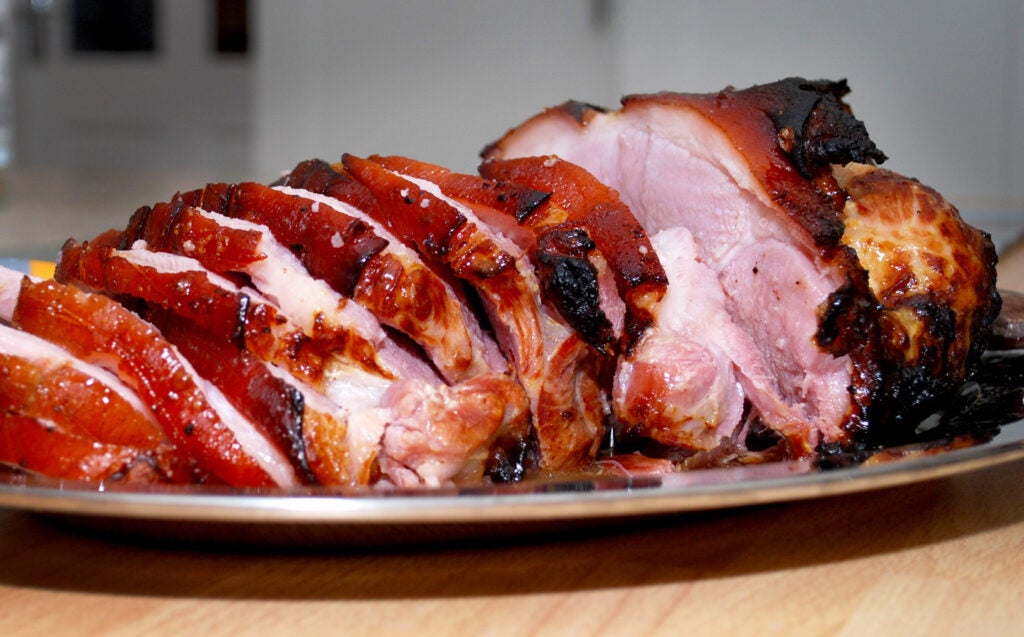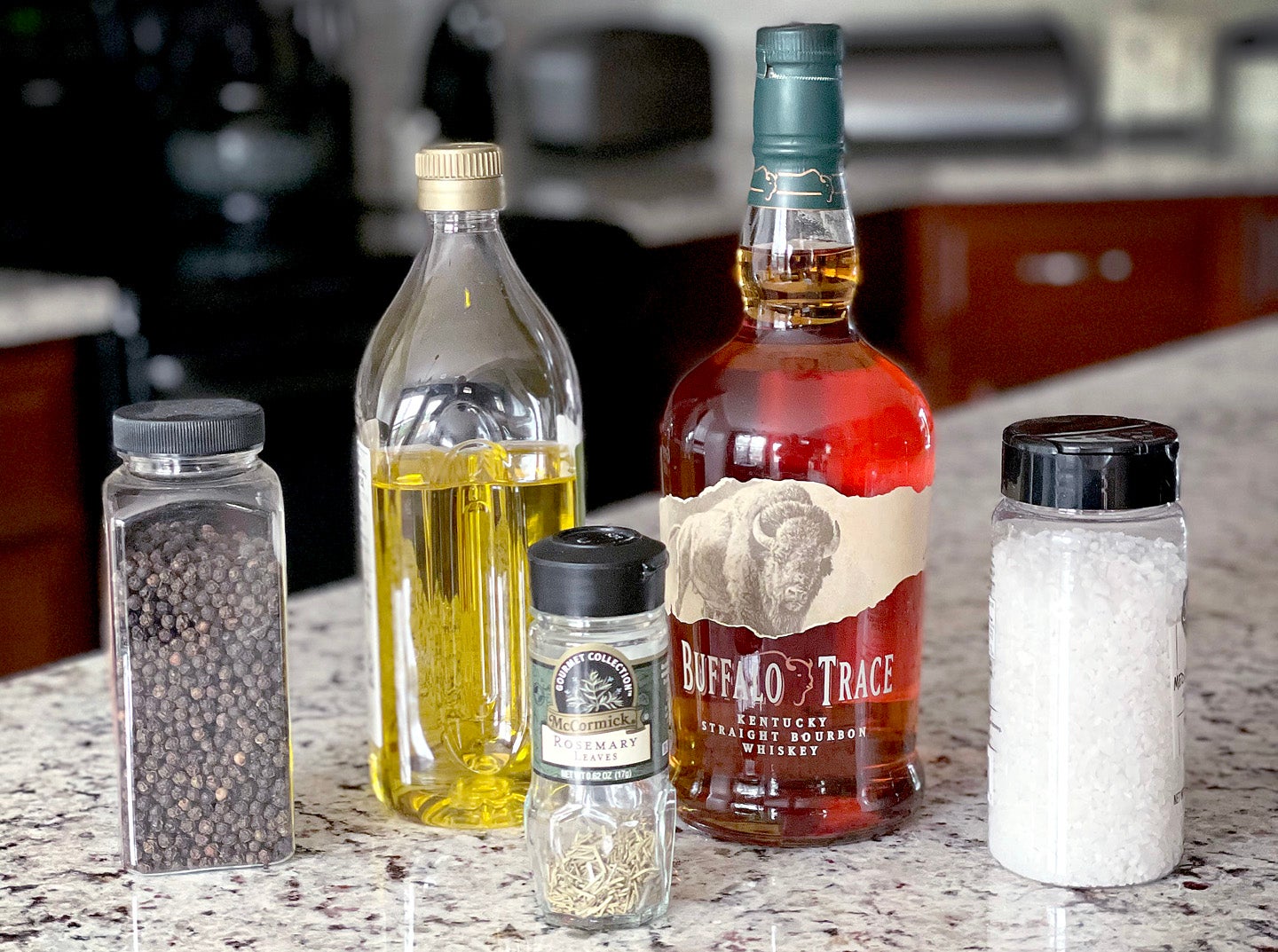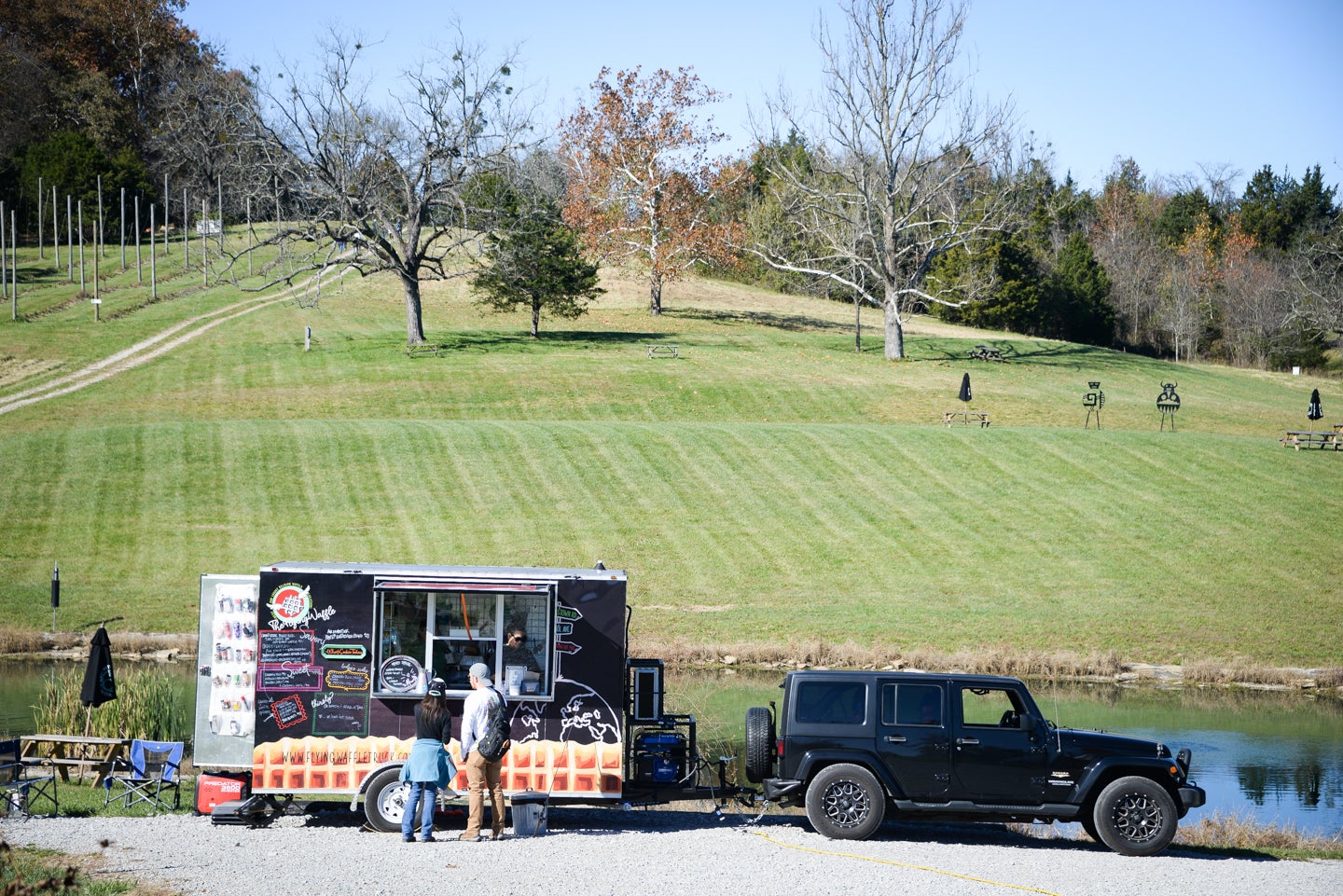For years, I have used bourbon in cooking as a flavor booster.
I put it in my Derby Pie. I put it in sweet potatoes at Thanksgiving. I put it in my egg nog on Christmas Eve.
But according to Liquor.com, it’s much more versatile than that.
Adding bourbon to dishes does give it that smoky goodness we’ve all come to associate with Kentucky’s favorite spirit. But it can also give it a punch of alcohol if you don’t cook the spirits out of the dish. Just like with wine, you want to give your dish the flavor of the bourbon, but not the proof.
And, Liquor.com says, different bourbons give foods a different taste. Each bourbon tastes a little different and those tastes will come out in the dish. Wheated bourbons, like Maker’s Mark, are a little sweeter, the web site said, and are perfect for dessert dishes, while high-rye bourbons like Four Roses Single Barrel, are spicy and peppery and work well in dressings and fruit dishes.
In many cases, you can substitute bourbon in wherever you would cook with wine. To make a nice sauce, after you’ve taken your meat out of the skillet, take the skillet off the flame and add a quarter of a cup of low proof bourbon. Use the bourbon to deglaze the pan and return it to the heat to reduce it by half. Once it has reduced, add half of a cup of cream or chicken stock to make a nice rich sauce.
You can even use it to make a nice bacon jam by adding bourbon to bacon and leeks, brown sugar and apple cider vinegar and letting it all cook down to a nice jam-y consistency. Spread that on your next club sandwich to elevate your lunch a bit.
Bourbon also serves as a great marinade for meats. Like fruit juices, bourbon breaks enzymes in the meat and works as a tenderizer as well. Add some bourbon to brown sugar, some Worcestershire sauce, shallots, olive oil and your favorite spices and you’ve got a flavor bath for your favorite steak before you throw it on the grill.
However, if you decide you want to cook with bourbon, remember, like wine, if you wouldn’t drink it outside of your food, don’t put it inside your food. Cheap bourbon is still cheap bourbon and just like wine, the flavor you don’t like in it will turn up in your food. I’m not saying drizzle Pappy Van Winkle into your gravy, I’m just saying make sure you like what you’re putting in your food.
And when adding bourbon to any pan, make sure it’s off the flame. The bourbon can catch on fire if it’s near the flame — just like you see on all those cooking shows. And don’t pour it from the bottle into the pan — it could ignite and catch all the bourbon (and your hand) on fire.
Liquor.com also suggests using an acidic ingredient to balance out bourbon’s rich, deep flavor — some lime or lemon, even a little apple cider vinegar can add a bit of brightness that cuts through the richness.
Cooking with bourbon is tricky — too much and you risk your dish tasting like a mint julep, too little and you won’t taste the bourbon at all. But if you play it just right, you can definitely come away with a rich, smoky flavor that compliments many foods.
Recipe from the Stagg family at Buffalo Trace:

Stagg Family’s Bourbon Glazed Country Ham
Ingredients:
1 quart ginger ale
1 quart white wine
3 tablespoons Allspice
1 onion
2 ounces Buffalo Trace Bourbon
Directions:
Soak the ham overnight. Scrub the mold from the ham the next morning and season with salt and pepper. Preheat the oven to 300 degrees and place the ham in a roaster. Mix together the ingredients.
Pour the mixture over the ham and place it in the oven. Every hour, baste the ham with 2 ounces of bourbon. After 3 hours, turn off the oven, but leave the ham in the oven overnight. The next day, remove the skin, take out the bone and score the fat.
Mix one cup of brown sugar with enough bourbon to make a paste. Spread the paste on the ham and place under the broiler to melt the glaze. Cool, slice and enjoy.










